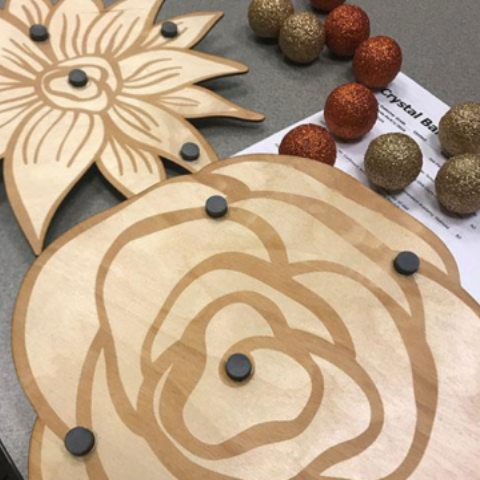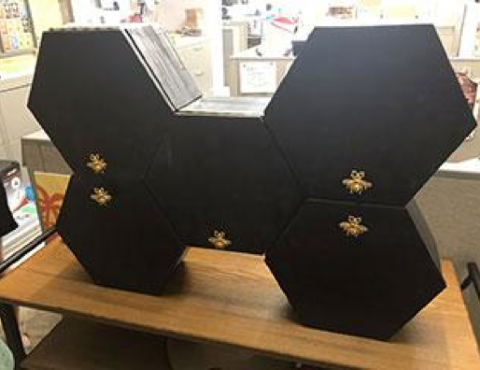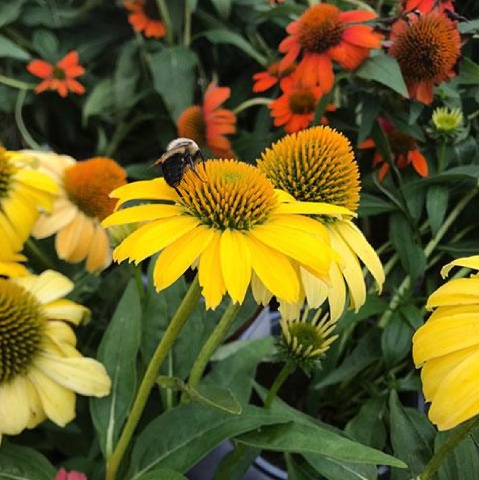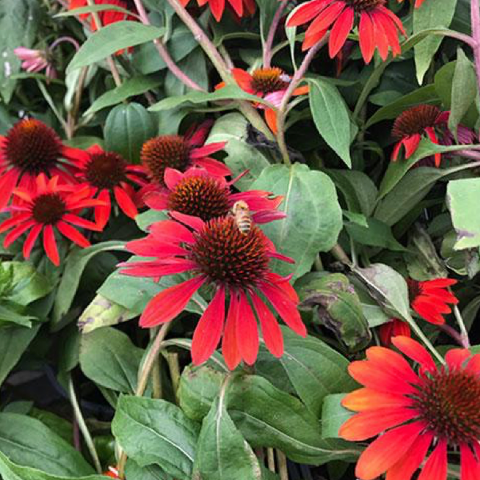Hailey Arango's Project
Beyond Beekeeping
Introduction
Apiculture is out of reach for young learners. While the field itself is essential to the well-being of both humans and bees, environmental education is somewhat foreign within urban settings. Throughout the implementation of my environmental science program surrounding the importance of honeybees within an urban landscape, young learners are given the opportunity to understand the importance of conservation and how to partake in proactive efforts to reclaim their future. With a target audience ranging from 8 to 10 years old, efforts that increase children’s science achievement –particularly those from diverse, traditionally marginalized populations– could help provide children with the knowledge needed to lead an eco-conscious lifestyle and pursue a career in the sciences.
Materials and Methods
We conducted daily observations of guest interactions with the on-site observation hive in fifteen-minute increments, spanning over the month of June 2019. We noted how long the guests engaged with the honeybees, what behaviors attracted the attention of the onlookers, and how the hive population was impacted by extrinsic disturbances to their pseudo-artificial habitat.
Whilst gathering the implicit data regarding the correlation between guest interaction and the overall well-being of the hive population, we observed the former apiculture demonstration titled, Beekeeping: The Sweetest Science. We timed the duration of the program and identified what particular topics stood out to the children. We then took note of how well the children comprehended scientific terminology and how their behavior was altered throughout the length of the demonstration.
Once we had compiled our data, we researched the benefits of apiculture in an urban landscape and formulated the overall outline of the new bee science program. We then began to narrow our research into five separate categories: Eusociality, Pollination, Ecosystem Services, Climate Change, and Conservation. With each of these categories, we consolidated the information that directly correlated to the lives of honeybees and started prototyping effective teaching methodology to enhance the learning experience of our young museum guests. Activities that required hands-on learning, such as the cross-pollination exercise (Figure 1.1) facilitated the understanding of complex concepts. We focused our instruction on observable examples accompanied by visual aids.
By referencing our target demographic, we were able to accurately assess and cater to the needs of our intended age group. We recognized that incorporating structures that mimicked those found within the observation hive further encouraged our notion of interactivity (Figure 1.2). We needed to ensure the pupils were able to consistently engage with active research pursuits, and genuinely understand the importance of environmental science amidst the ecological degradation of our planet. Henceforth, Beyond Beekeeping was created.

Figure 1.1 Laser Cut flowers to facilitate the understanding of cross-pollination

Figure 1.2 Finalized rendition of the honeycomb unit.
Results
Beyond Beekeepingmaximizes the opportunities for guests to participate throughout the presentation and connects this new mini-exhibit to the outside pollinator garden, inviting guests to practice their apiary skills and plant new native species of flowers to care for our honeybees (Figure-1.3A and Figure-1.3B) This new program significantly increased the ability to maintain a stable level of focus on each category and improved the retention rate of the newly obtained information post-presentation. Our volunteers and guests displayed positive reactions to the re-evaluated exercises and performed significantly better than the initial experiment.

Figure 1.3A Pollinator garden attracting new honeybees.

Figure 1.3B Pollinator garden attracting new honeybees
Acknowledgments
The authors gratefully acknowledge the Department of Wildlife and Conservation at the Liberty Science Center for supporting and funding this project. We thank Deepesh Dhingra, Donough Ryan, Mark Chung, and Robert Dailey for providing their help regarding all creative construction and assembly of this exhibit. Special thanks to Dr. Mark L. Botton (Fordham University) and Dr. Mary G. Egan (Fordham University) for their support.